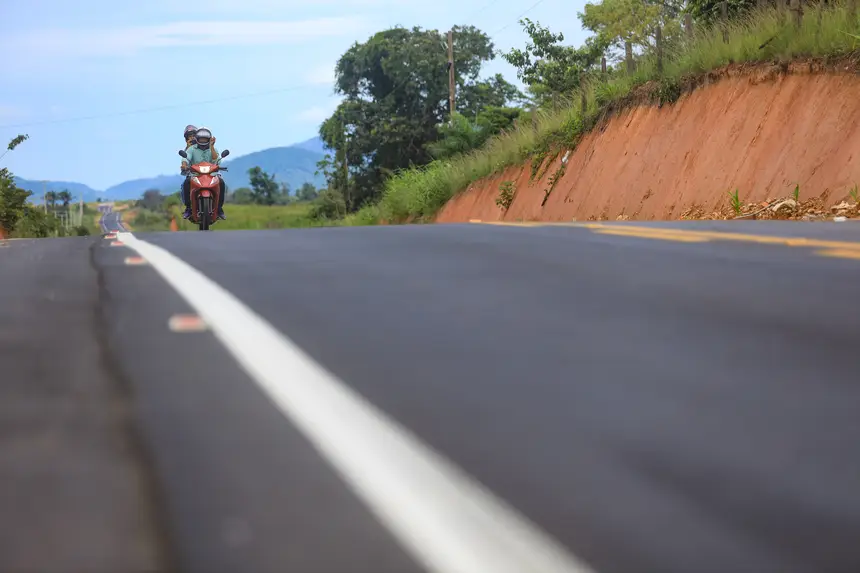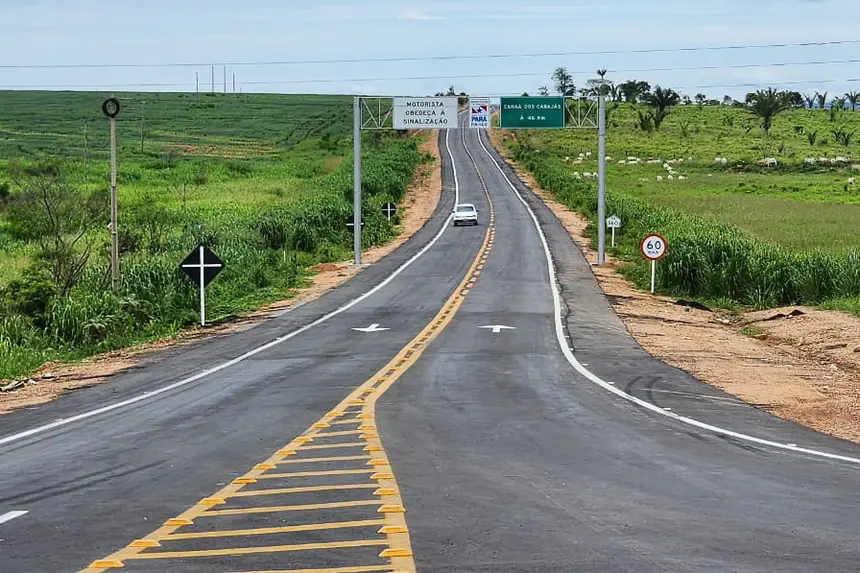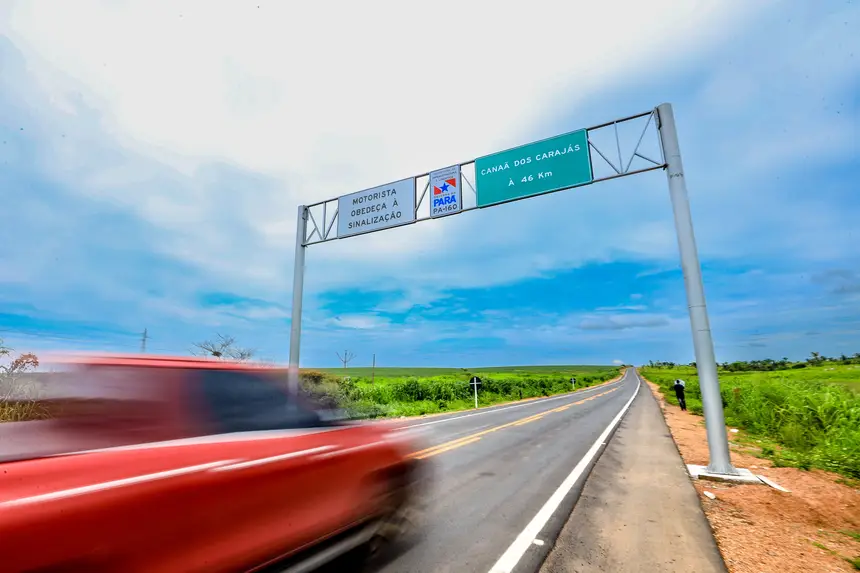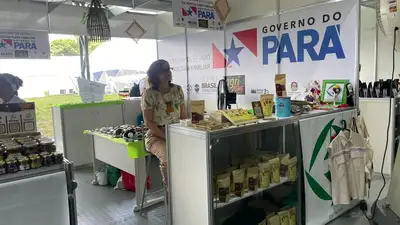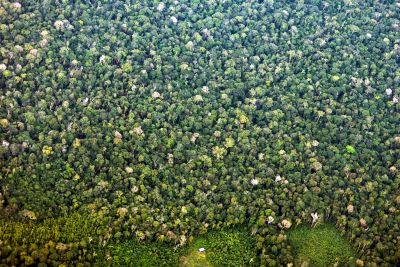Pavement of TransCarajás qualifies the routine of residents and drivers in southeastern Pará
Nine months after the delivery of the new road, users report greater safety and speed when traveling the 26 kilometers between Canaã dos Carajás, Parauapebas, and Xinguara
Since it was delivered by Governor Helder Barbalho on February 8, 2025, the paving of the TransCarajás highway (PA-160) has transformed for the better the lives of thousands of residents of Pará who depend daily on the stretch that connects Canaã dos Carajás to Parauapebas and Xinguara.
With an investment of around R$ 40 million, the state government, through the State Secretariat of Infrastructure and Logistics (Seinfra), paved 26 kilometers of the highway, which now totals 120 km of paved extension.
More than just improving trafficability, the work is strategic for the drainage of agricultural and livestock production in the region, strengthening the local economy. During the execution of the project, which began in 2024, about 100 direct and indirect jobs were created, contributing to boost the local economy of commerce and services in the region.
“TransCarajás represents a strategic work for the development of the Carajás region. It not only ensures the drainage of agricultural and mineral production but also promotes the safe mobility of residents and producers, in addition to generating jobs and boosting the local economy. With the expansion of new stretches, such as Transcanadá, we reinforce our commitment to road infrastructure, strengthening connectivity between municipalities and creating conditions for sustainable economic and social growth throughout the region,” said the Secretary of Infrastructure and Logistics, Adler Silveira.
The TransCarajás connects municipalities to BR-155, at the height of the municipality of Xinguara, and also integrates the southeastern and southern regions of Pará, becoming a link of development for the population.
Paving improves the lives of drivers and passengers
Seven months after the delivery, those who depend on TransCarajás feel the benefits. If before traveling on the highway meant mud, dust, and potholes, today the reality is very different. The asphalt has brought more agility and quality of life to those who use the stretch daily.
“It’s great, faster for us to get from here to Xinguara, Eldorado dos Carajás, and Marabá. Before it was complicated, there were too many potholes. I hardly used this road, but now it’s faster and safer,” says Claudiano Batista, a bus collector.
General services assistant Raquel Santos also reports the change. "I’ve been traveling here since it was a dirt road. The asphalt here was very good. Before there was mud, potholes.
Some people didn’t even use this road because it was complicated when it rained. Now, with asphalt, life has improved. Before, it took me 15 or 20 minutes to get home. Now, I arrive in ten minutes. This asphalt was awaited by us. Since I was a child, I heard that asphalt would be laid, but the delay was so long that I even doubted it. But thank God it arrived and life has only improved," she emphasizes.
For those who travel long distances, the difference is also noticeable. “Going from Parauapebas to Araguaína was complicated, with gravel, mud, and sand. Now, I take just over 30 minutes on the paved route. It’s a huge time saver,” celebrates businessman Valmir Lopes.
Investments - The TransCarajás received large-scale interventions, such as earthworks, base and sub-base implementation, drainage networks, asphalt paving, and signaling. These works ensure significant improvements in mobility, accessibility, and safety, facilitating both the transport of goods and the movement of the local population.
Text: Tamiris Amorim



